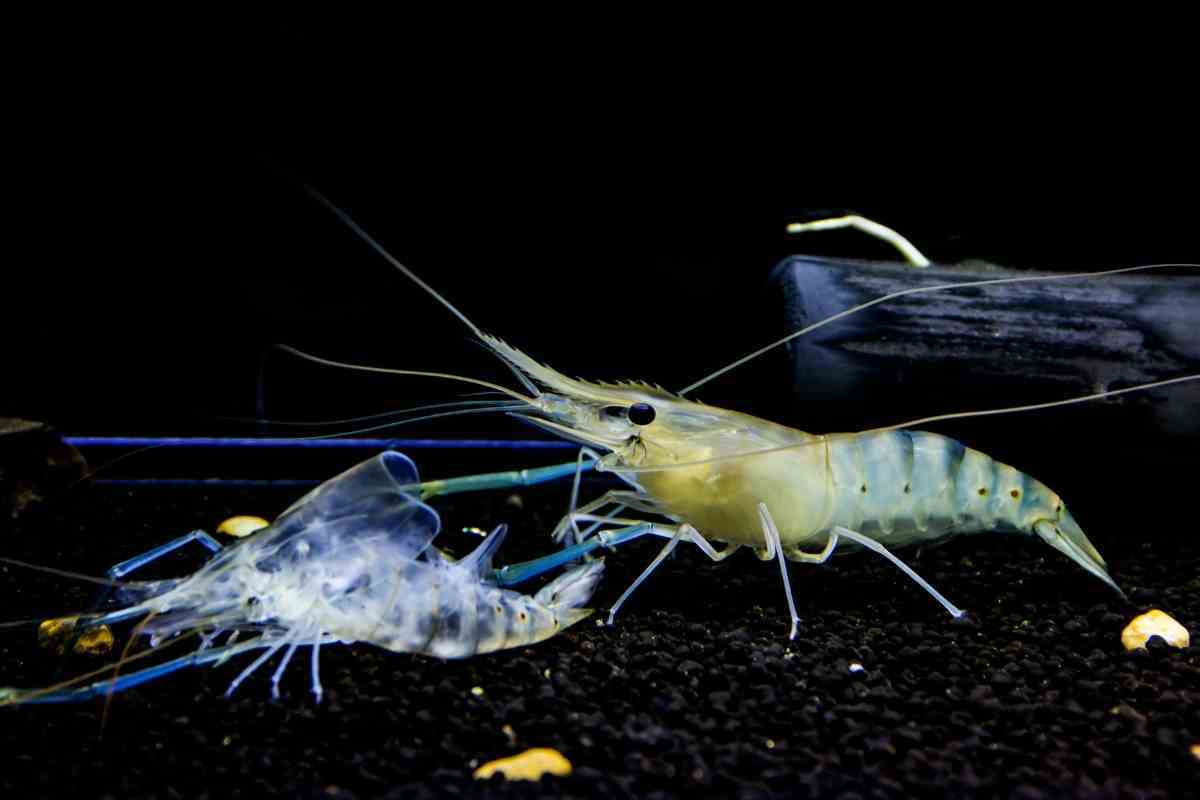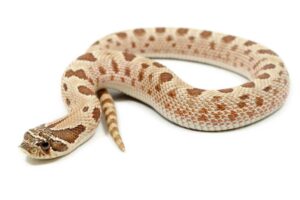When you think of molting, what comes to mind? For most people, the process of molting is associated with snakes shedding their skin.
However, there are other animals that go through a molt, including ghost shrimp.
If you’re curious about this process and want to know more about it, keep reading.
In This Blog Post – We’ll provide some key facts about ghost shrimp molting and explain why it’s important. We’ll also offer some tips on how you can help your shrimp through the molting process.
So, if you’re ready to learn more, let’s get started.
Table of Contents
11 Facts About Ghost Shrimp Molting
As an invertebrate, the ghost shrimp molts in order to grow.

This process can be quite fascinating to watch and, fortunately, there are a few things you should know about it before witnessing it firsthand.
We’ll discuss 11 facts about molting so that you’re well-informed when the time comes.
1. What is molting?
Molting, also known as ecdysis, is the process that animals use to shed their old skin.
This process allows animals to grow and replace damaged or worn-out body parts.
In most cases, molting occurs in order to accommodate new growth.
2. Why Do Ghost Shrimp Molt?
Ghost shrimp molt in order to grow. When they molt, they shed their old skin and grow a new one.
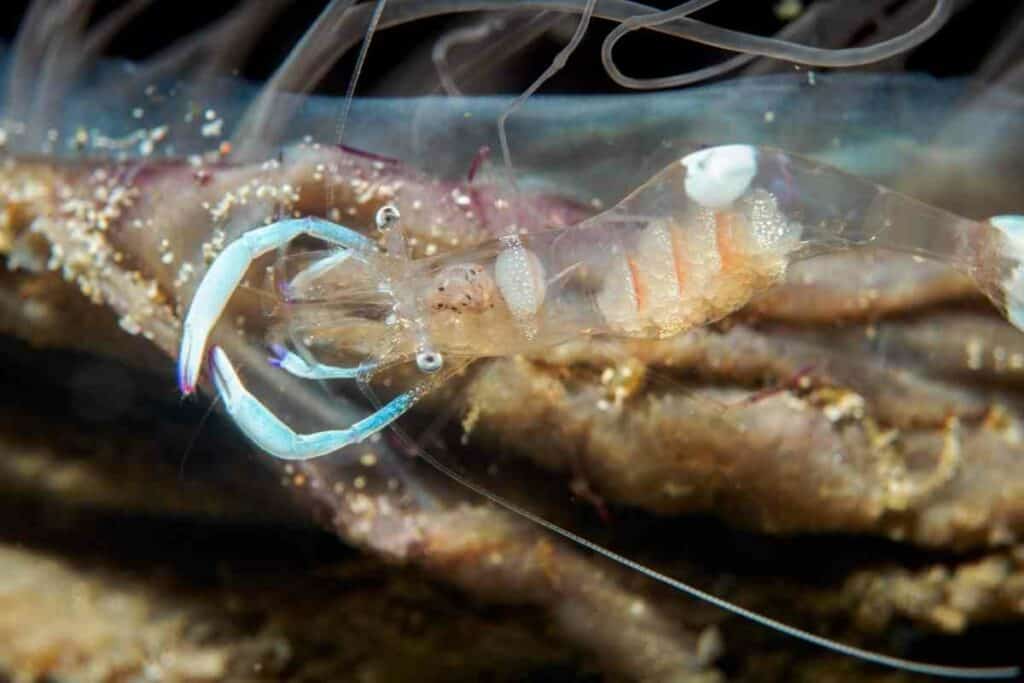
This process allows them to increase in size and become stronger.
3. How Often Do Ghost Shrimp Molt?
Ghost shrimps molt every day during the larval period, and after that every three to four days through the juvenile stage.
They shed every four to ten days and reach a maximum size of seven percent in the juvenile phase.
Adult shrimps, on the other hand, molt approximately once a month in order to regenerate their lost limbs.
4. How Do You Know When Ghost Shrimp Are Molting?
One way to tell if a ghost shrimp is molting is by their behavior.
Ghost shrimp will often hide in the sand and refuse to come out when they are molting.
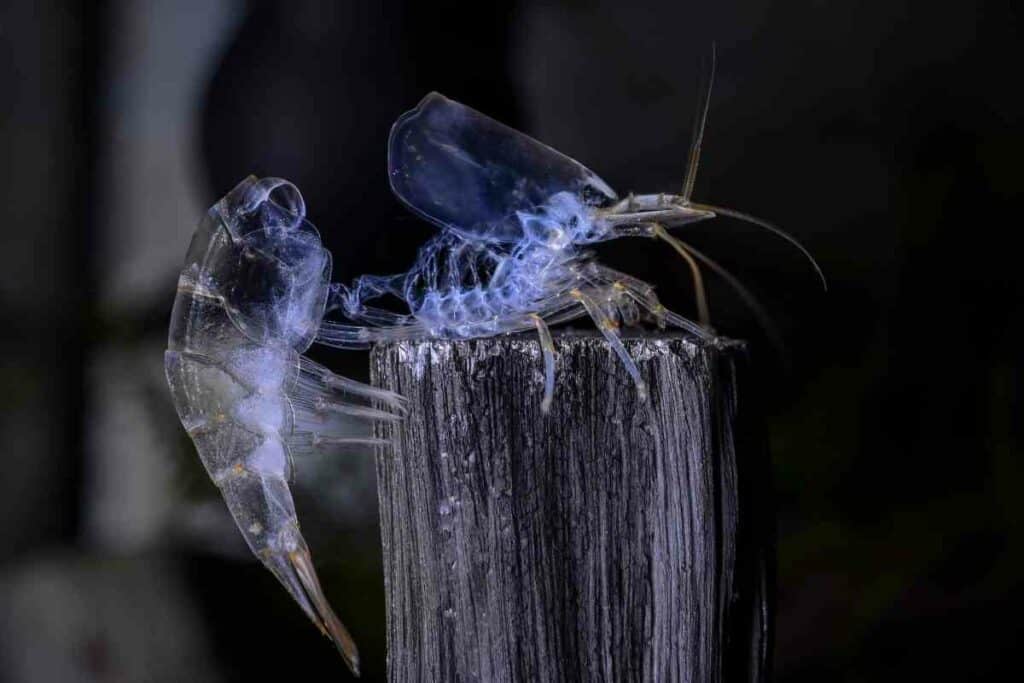
Another sign of molting is when you see the old exoskeleton on the bottom of the tank.
You may also see the new, soft exoskeleton on the shrimp.
If you are not sure if your shrimp is molting, you can check to see if they have lost their color. Molting shrimp will be a lighter color than non-molting shrimp.
5. How Long Does It Take Ghost Shrimp To Molt?
There is no definitive answer to this question as there can be a lot of variabilities based on the individual shrimp and its environment.
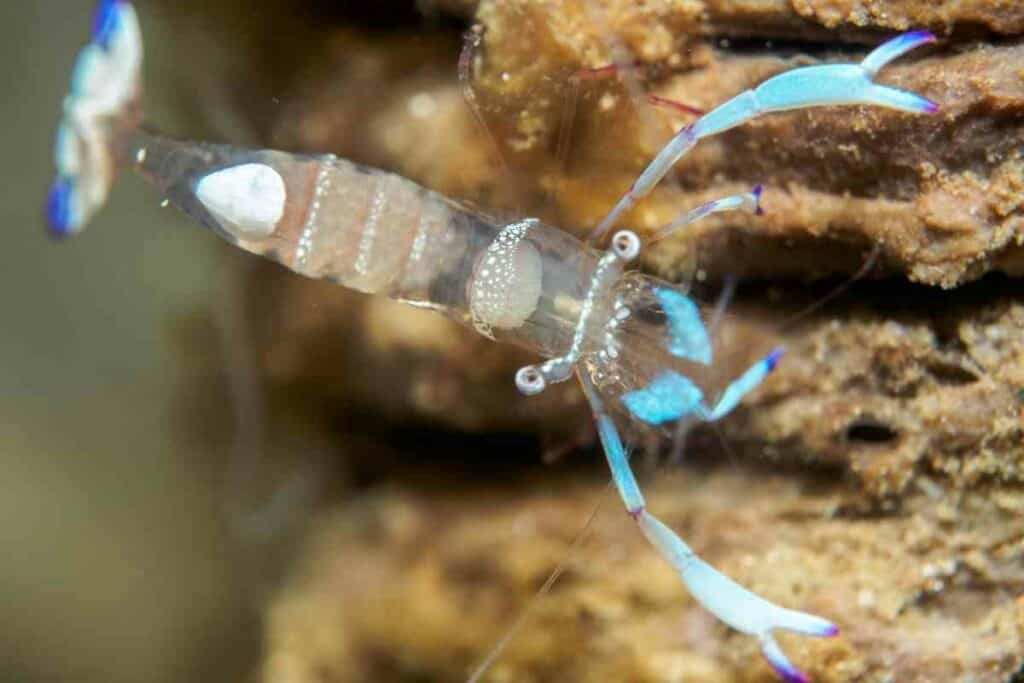
However, on average ghost shrimp may take anywhere from 10 to 15 minutes to complete their molting process.
During this time, they will usually become very inactive and will not eat or swim around as much as usual.
This is because the molting process is quite strenuous and requires a lot of energy.
Once the ghost shrimp has completed its molt, it will be noticeably larger than before and its new exoskeleton will be very soft.
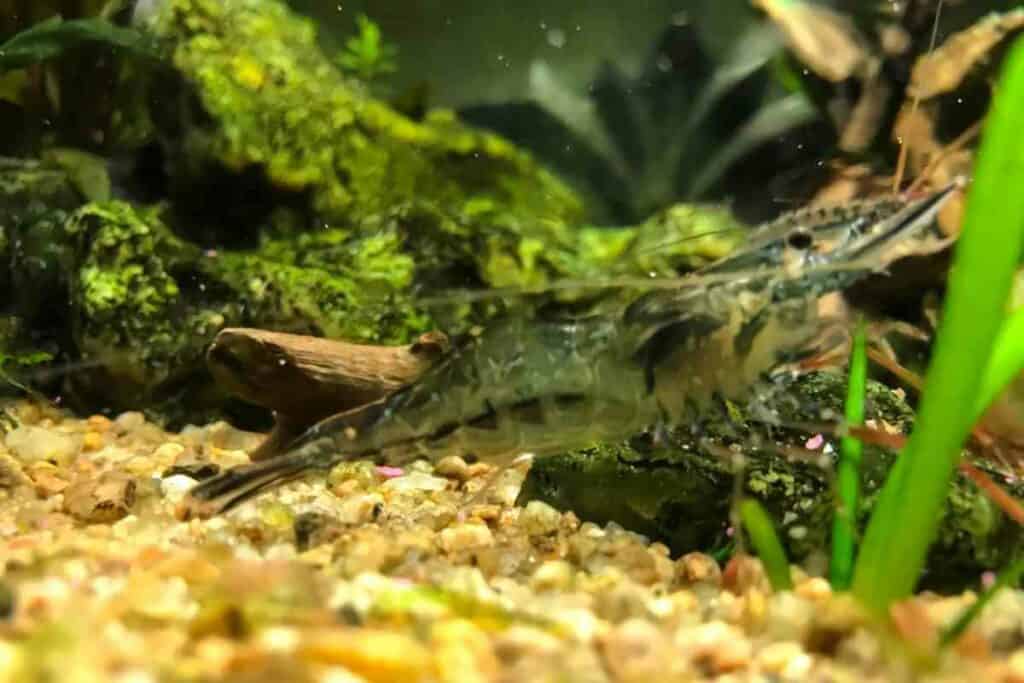
It will take some time for the new exoskeleton to harden, so the shrimp should be kept in a safe place where it is not likely to be eaten or attacked by other creatures.
Consider This – If you are keeping ghost shrimp in an aquarium, it is a good idea to provide some extra hiding places during the molting process so that the shrimp can feel safe and protected.
6. Is Shrimp Molting A Good Sign?
Yes, molting is a good sign. It means that the shrimp is healthy and growing.
Molting occurs regularly during the early stages of the shrimp’s life and then becomes less frequent as the shrimp matures.
7. Is My Ghost Shrimp Molting Or Dying?
You can tell when a shrimp is dead because a dead shrimp turns pink.
When they molt they stand still for long periods of time but do not change pink in color.
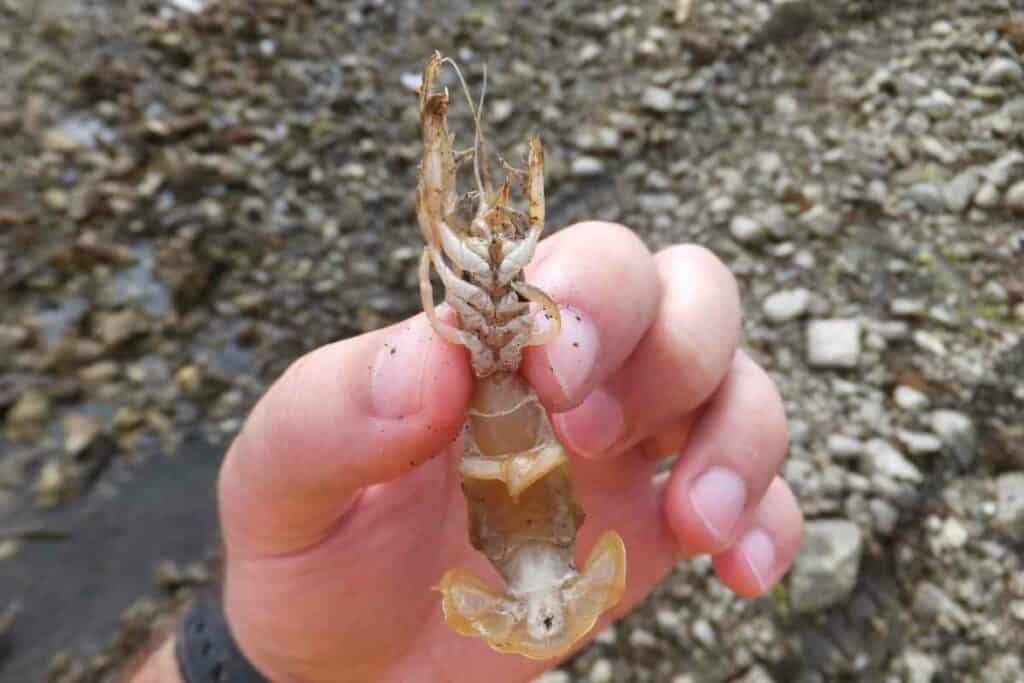
Molting occurs when a shrimp outgrows its old shell. The new shell is soft at first, and the shrimp uses it to grow until it is hard.
Molting usually takes place in a secluded area where the shrimp can hide if needed.
There are many different signs that can indicate that a shrimp is dying, including:
- changes in color
- swimming patterns
- and behavior
If you think your shrimp are dying, you should remove them from the aquarium.
8. Do Shrimp Hide After Molting?
Yes, shrimps tend to hide after molt for around 48-72 hours because their new skin is rather soft and will hide until their shell hardens.
Shrimp are a type of crustacean and like other crustaceans, they molt.
Molting is the process of shedding their old exoskeleton in order to grow a new one.
After Molting: Shrimp can be vulnerable to attack from predators so many shrimp will hide until they have a chance to regenerate their lost appendages.
9. Can Shrimp Die From Molting?
Yes. Shrimps can die from molting as a result of a variety of causes. The “White Ring of Death” is the most common cause of shrimp death when molting.
The white ring of death is a clear white line encircling the shrimp’s body behind the point where the head dissolves from the body.
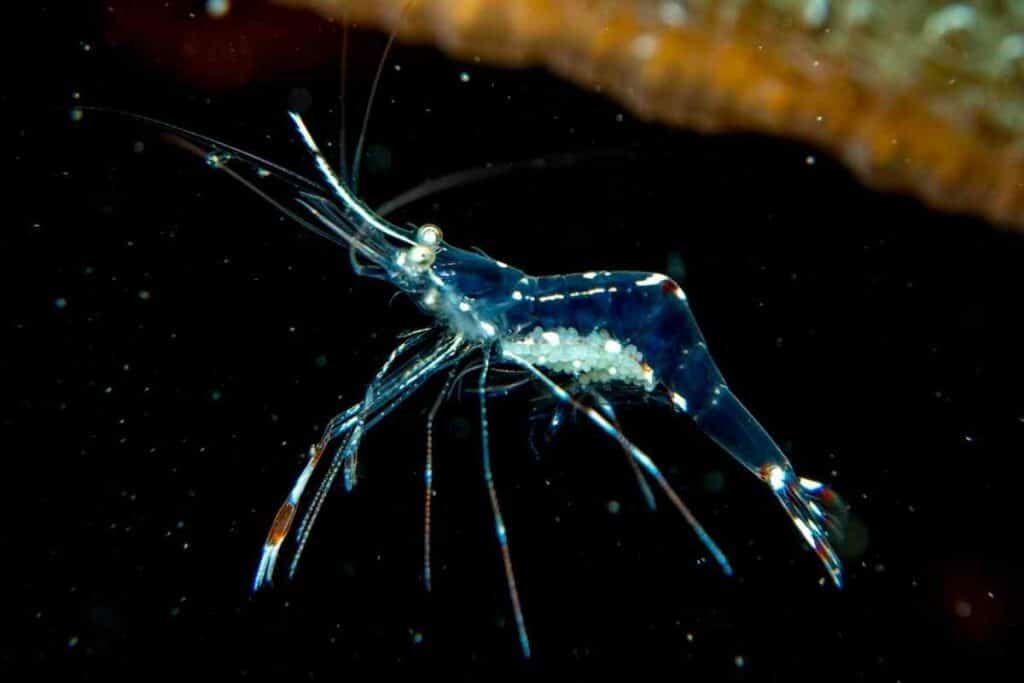
Another reason is stuck in molt (SIM). This occurs when a shrimp’s new exoskeleton is too small to accommodate its current body size.
The shrimp is unable to break free from its old shell and eventually starves to death.
Another possibility is that the shrimp is being attacked by predators.
If a predator catches a shrimp while it’s molting, the shrimp may die from the attack.
10. Should You Remove Molts From The Tank?
It is not necessary to remove shrimp molts from the tank. Molts are a natural occurrence and provide a valuable food source for fish and other invertebrates in the tank.
In fact, removing molts may do more harm than good by removing an important food source.
If you find that there are too many molts in your tank, you can simply remove them using a net.
This will help to keep the tank clean and provide food for your fish and other invertebrates.
11. Can The Molting Process Gets Disrupted?
There are a few things that can disrupt the molting process for shrimp.
Things like changes in water temperature, low oxygen levels, and pH levels can all cause shrimp to not molt correctly.

If something goes wrong during the molting process, the shrimp can become weakened and more susceptible to disease.
Sometimes, the shell will not be able to harden properly, and the shrimp will die.
In Some Cases – The new shell will not be the correct size, and the shrimp will not be able to survive in it.
It is important to maintain a stable environment for your shrimp so that they can molt correctly and avoid these problems.
Most Common Reasons For Unsuccessful Molting
- Imbalance In The Water
- Tank environment
- Bad tank mates
- Dirty water
- No hiding places
- Improper Feeding Diet
- Too Often Water Changes
Parameter Ranges for Ghost Shrimps
| Parameter | Optimal Range | Limits |
| Temperature | 70-80 degrees Fahrenheit | 62-82 degrees Fahrenheit |
| pH | 6.5- 7.5 | 7-8 |
| GH | 5-8 ppm | 3-15 ppm |
| KH | 5-8 ppm | 3-12 ppm |
| TDS | 150-200 ppm | 100-400 ppm |
Conclusion
Molting is an important process for all animals, and ghost shrimp are no exception.
In this blog post, we’ve provided some key facts about the molting process and explained why it’s important.
We’ve also offered some tips on how you can help your shrimp through the molting process.

